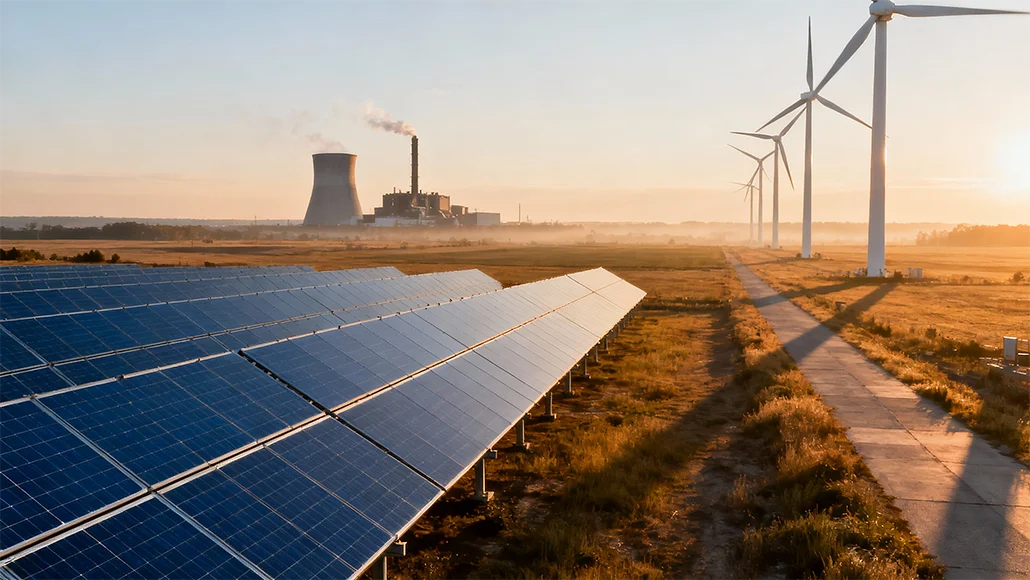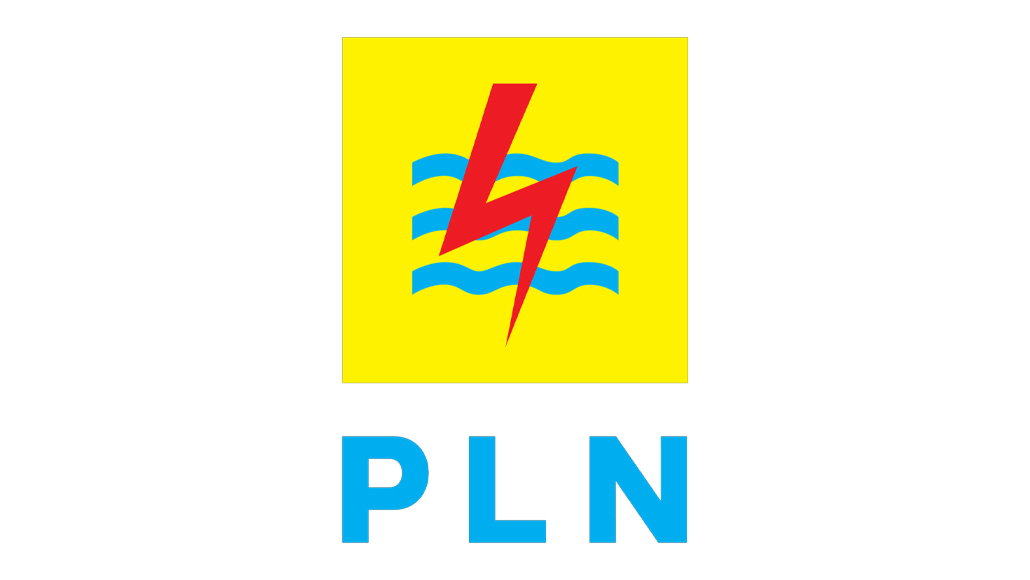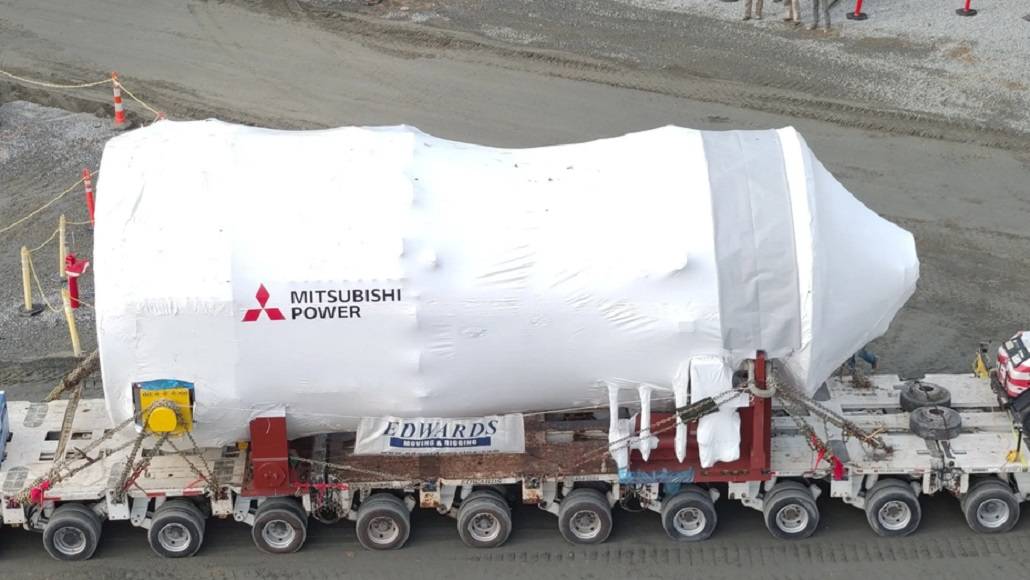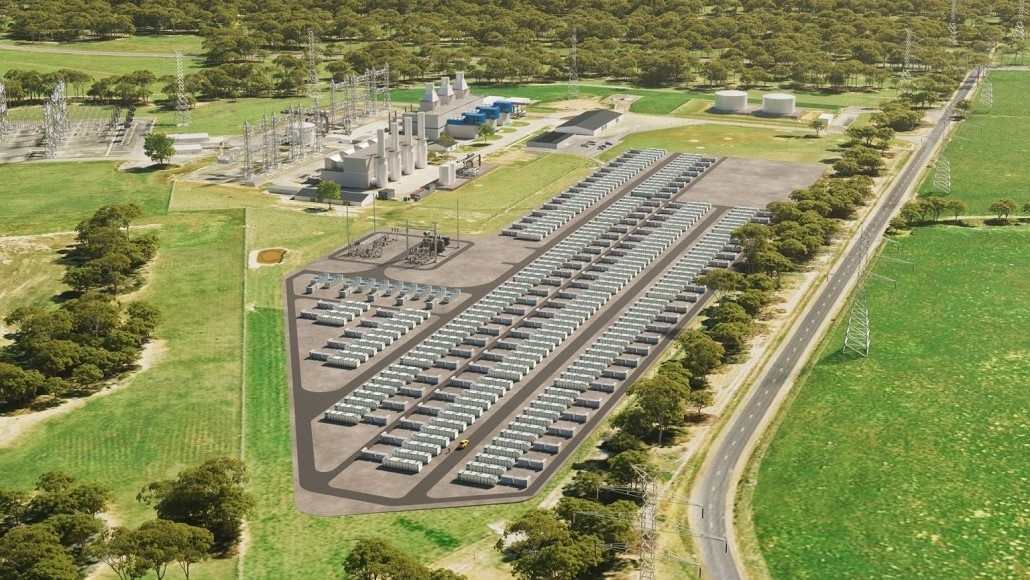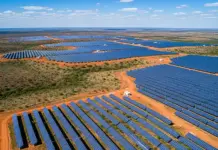Three years ago, the U.S. Department of Energy (DOE) funded an investigative research team to
conduct a national study on the feasibility for offshore wind integration into the U.S. grid. In
particular, the technical and economic viability was studied as one possible input for the DOE to
produce a roadmap to gigawatt levels of offshore wind energy, based on the DOE’s “20 Percent
Wind Energy by 2030″ report. This Offshore Wind initiative would help to assess the ability to
interconnect 54 GW of deployed offshore wind generating capacity by 2030.
The DOE-funded study, known as the “National Offshore Wind Energy Grid Interconnection
Study” (NOWEGIS) – was ABB-led and overseen by experts from ABB, AWS Truepower,
Duke Energy, the DOE’s National Renewable Energy Laboratory (NREL), and the University of
Pittsburgh Swanson School of Engineering.
The team sought to determine the expected staging of offshore wind development in each of the
U.S. coastal regions, develop expected wind generation production profiles, assess the
applicability of integration study methods to offshore wind production, assess a variety of
offshore wind collection and delivery technologies, and consider various regulatory issues.
Three years later, the results are in, and the prospects are encouraging. The NOWEGIS team
determined eight key results and observations:
1. The U.S. has sufficient offshore wind energy resources to consider having at least 54 GW
of offshore wind. However, the resource assessment-which considered exclusion zones as a
result of military use, commercial shipping lanes, and environmental concerns-indicates that a
significantly larger amount of offshore wind could, in theory, be utilized.
2. The methods used for evaluating the integration of land-based wind energy are also
appropriate for studying offshore wind energy. The methods currently used for evaluating
system impacts of onshore wind power plants apply directly to studying offshore wind, and the
same types of data are required.
3. Appropriate technologies exist for interconnecting large amounts of wind energy to the
U.S. grid. Multiple technologies designed for both alternating current (AC) and direct current
(DC) exist that can be used to collect wind-generated electricity and deliver it to the onshore grid
efficiently and cost-effectively.
4. At a regional or national level, offshore wind energy may provide significant value.
NOWEGIS estimated that the 54 GW of offshore wind would provide a national reduction of
electricity production costs of $7.68 billion annually, resulting in an approximate value of
offshore wind at $41/MWh.
5. State policies that recognize the energy, environmental, and economic benefits of
offshore wind are critical to encouraging investment in offshore wind. State policies can
encourage offshore wind deployment by creating demand through renewable portfolio standards
(RPS) that establish policy mechanisms based on the needs of the state.
6. Reductions in the federal permitting and siting process are critical to achieving gigawatt-
scale offshore wind deployment in the next decade. Although great strides have been made to
reduce the permitting schedule from the 12 years it took for Cape Wind to between 2-4 years
today, further enhancements by the multitude of federal permitting and regulatory agencies are
needed.
7. Current organizational structures in the U.S. may make it more difficult to attain the
offshore wind value found in the study. This is because these value levels rely on a regional or
broader perspective. Areas such as the Southeast U.S. that do not have RTOs may find it difficult
to sufficiently socialize and justify the costs compared to the benefits. However, working from a
regional perspective may be more straightforward in areas that have an ISO or RTO (e.g., ISO-
New England or PJM), but even here each state and utility involved must be willing to consider
and share in the broader perspective, costs, and benefits.
8. Research and development promise to help reduce initial capital investment. One of the
major market barriers to offshore wind is the high capital costs compared to other forms of
energy production. However, research and development can help lower these costs.
It is my hope that the study findings will be of great interest to executives, decision makers and
policy makers throughout the power industry. We hope this study supports the national
conversation and provides valuable insight for decision makers on laying the groundwork for
offshore wind to become part of the U.S. energy portfolio.









